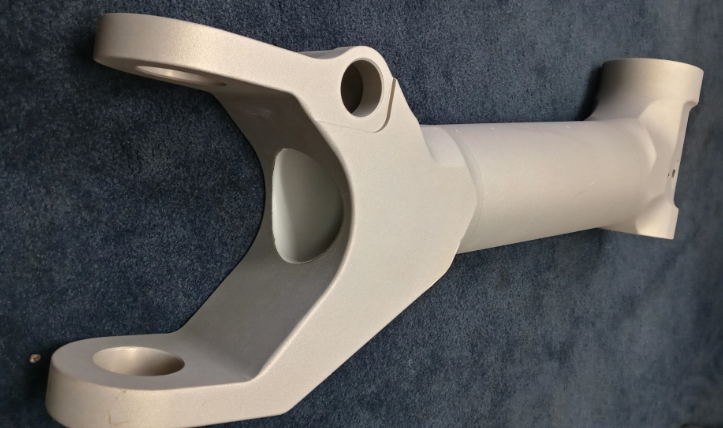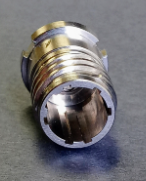Bespoke Machining: What You Need to Know
Milling and turning are excellent capabilities in defense and aerospace machining. But some applications demand a more customized—or bespoke—manufacturing process.
While bespoke machining services have a reputation for higher costs and longer lead times than conventional precision machining, working with a partner like Alard Engineering gives you a leg up when your parts need custom solutions.
Breaking Down Bespoke Machining
Bespoke machining capabilities require highly specialized tooling with limited cross-functionality. The upfront cost of the tooling yields a reasonable cost per part when spread across high volumes. However, since aerospace and defense customers typically order lower volumes of parts, their cost per part is often high.
Customers also face challenges sourcing bespoke machining services in the first place. Many shops offering these services have closed down or been acquired—here in Southern California, we estimate that there are no more than five gear cutting or broaching shops around.
Nevertheless, bespoke machining capabilities are necessary for applications where traditional milling or turning can’t achieve the precise dimensions essential to a part’s function.
Several different capabilities fall under the bespoke machining umbrella. Our customers at Alard Engineering often require gear cutting, broaching, and gun drilling for their parts. Here’s what to know about each one:
Gear cutting
Gear cutting removes material from the gear blank, leveraging a form cutter that moves axially to make gear teeth to the desired length and depth. It’s commonly used for pneumatic parts, actuators, and landing gear components.
Gears can be cut using conventional precision machining methods in some circumstances. So if gear cutting is required for your application, we advise you to call it out on your drawing.
Broaching
Broaching consists of using a sharp, hardened, toothed tool to remove material from a workpiece and create a squared off shape.
The tool has raised teeth of differing sizes that cut away a specified amount of material with every pass. This capability is commonly used for fluid or electronic connectors.
Gun drilling
This deep hole drilling process leverages a long, thin cutting tool to create holes with a high depth-to-diameter ratio. Gun drilling is a go-to method for parts with holes more than 10” deep.
Achieving Precision Tolerances with Bespoke Machining
Since aerospace and defense parts demand such high levels of precision, secondary operations may be necessary to meet tight tolerance specifications. Whether or not you’ll need these operations depends on a couple of factors: the bespoke machining capability used and the part’s dimensions.
For example, gear cutting and broaching can usually meet tolerance requirements on their own, though we may perform basic secondary deburring operations to bring parts into spec.
In contrast, gun drilling is often followed by a process like honing to achieve precision tolerances. For instance, if a hole has a diameter of 1.5” and the tolerance requirement is +/- 0.010”, gun drilling alone will not be sufficient. Bespoke machining capabilities are highly specialized and challenging to manage within your supply chain. But Alard Engineering is here to take on that project management for you. We work with trusted vendors to ensure our customers get the best results possible. Remember that bespoke machining solutions typically have long lead times, so the sooner you reach out to us, the better. Request a quote today!




